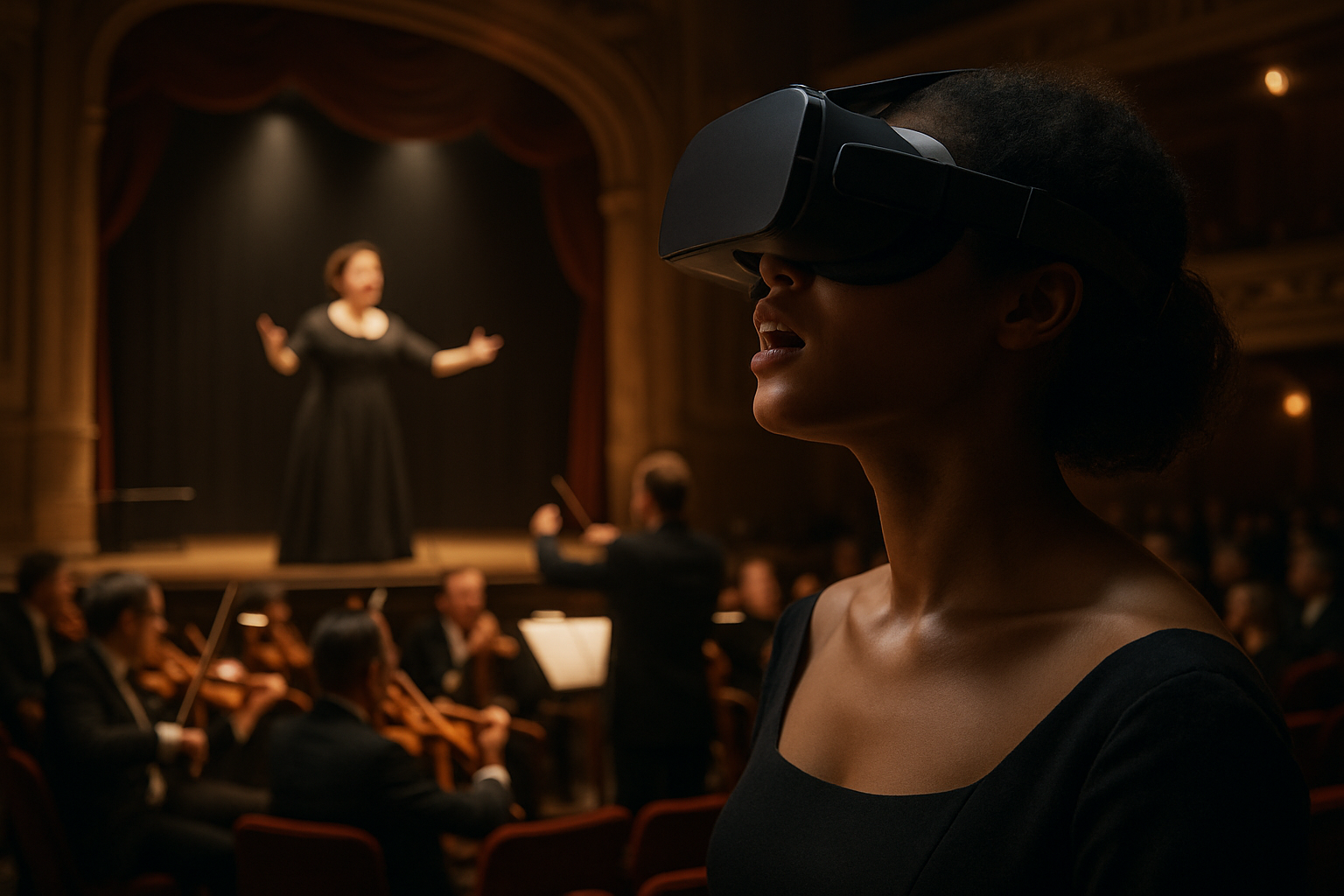The Renaissance of Holographic Opera
In a groundbreaking fusion of classical art and cutting-edge technology, holographic opera is emerging as a revolutionary force in the performing arts. This innovative medium is reshaping audience experiences, challenging traditional staging concepts, and opening new frontiers for creative expression. As holographic performances gain traction in opera houses worldwide, they're sparking debates about authenticity, accessibility, and the future of live entertainment.

Opera, with its inherent blend of visual spectacle and musical virtuosity, proved to be an ideal medium for holographic exploration. Pioneering productions began to emerge, featuring holographic elements alongside live performers. These early efforts, while technologically impressive, were often viewed as novelties rather than serious artistic endeavors.
Technological Leaps and Artistic Possibilities
Recent years have seen exponential growth in holographic capabilities, driven by innovations in laser technology, spatial mapping, and artificial intelligence. Modern holographic systems can now create stunningly realistic three-dimensional images that respond in real-time to their environment and interact seamlessly with live performers.
This technological evolution has opened up unprecedented artistic possibilities for opera directors and designers. Holographic scenery can transform instantly, allowing for fluid scene changes that were previously impossible. Fantastical creatures and supernatural elements, once limited by practical constraints, can now be realized with breathtaking realism.
Reimagining Classical Works
The integration of holographic technology has breathed new life into classic operas, allowing for fresh interpretations of familiar works. Productions of Wagner’s Ring Cycle have utilized holographic projections to create immersive, otherworldly realms that capture the epic scale of the narrative. Mozart’s The Magic Flute has been reimagined with holographic creatures that dance and interact with the singers, bringing a new level of wonder to the fantastical elements of the story.
These holographic revivals have attracted both praise and criticism from opera purists. Supporters argue that the technology enhances the emotional impact and visual splendor of the works, while detractors worry about the potential loss of traditional stagecraft and the human element in performance.
The Rise of Virtual Performers
Perhaps the most controversial aspect of holographic opera is the emergence of virtual performers. Using advanced motion capture and AI-driven vocal synthesis, companies have begun to create holographic representations of legendary opera singers, both living and deceased. These virtual divas can perform alongside live singers, opening up new possibilities for dream duets and revivals of historic performances.
The practice has sparked intense debate within the opera community. Proponents argue that it allows audiences to experience performances by artists they would never have the opportunity to see live. Critics, however, raise ethical concerns about the use of deceased artists’ likenesses and worry about the potential impact on employment opportunities for living performers.
Expanding Accessibility and Global Reach
One of the most significant impacts of holographic opera has been its potential to expand the art form’s accessibility and global reach. High-quality holographic performances can be transmitted to multiple venues simultaneously, allowing audiences in smaller cities or remote areas to experience world-class productions that would otherwise be out of reach.
This democratization of opera has led to a surge in interest among younger and more diverse audiences. Holographic technology has also facilitated innovative collaborations between opera companies across the globe, with performers in different countries able to share the stage in real-time.
The Future of Holographic Opera
As holographic technology continues to evolve, the possibilities for opera seem boundless. Researchers are already working on systems that will allow for tactile interactions with holographic elements, further blurring the line between the virtual and physical worlds. There’s also growing interest in personalized holographic experiences, where audience members could potentially customize aspects of the performance to their preferences.
Despite these exciting developments, challenges remain. The high cost of holographic systems limits their widespread adoption, and there are ongoing debates about the preservation of traditional operatic skills in an increasingly digital landscape. As the art form continues to evolve, finding a balance between technological innovation and the timeless human elements that make opera powerful will be crucial.
Holographic opera stands at the intersection of tradition and innovation, challenging our perceptions of live performance and pushing the boundaries of artistic expression. As this new medium continues to develop, it promises to play a significant role in shaping the future of opera and the performing arts as a whole.





